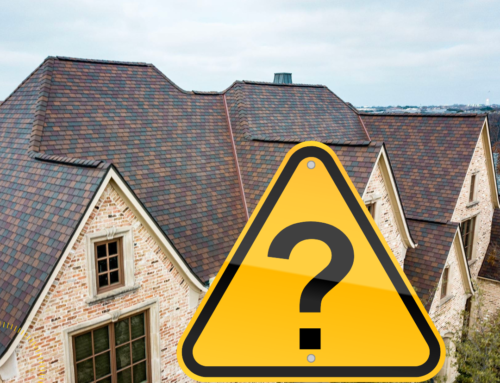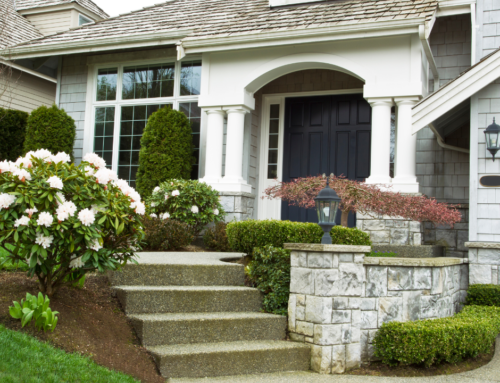 If you have owned your home for ten years or longer or you are concerned that your roof has suffered damage, it is time to start thinking about roof replacement. Fall is an ideal time to schedule this larger home improvement project. Bobvilla.com has a comprehensive guide to evaluating your need for roof replacement with Solved! This Is How Long You Can Expect Your Roof to Last.
If you have owned your home for ten years or longer or you are concerned that your roof has suffered damage, it is time to start thinking about roof replacement. Fall is an ideal time to schedule this larger home improvement project. Bobvilla.com has a comprehensive guide to evaluating your need for roof replacement with Solved! This Is How Long You Can Expect Your Roof to Last.
Fall is the universal go-to season for roof replacement for several reasons. Spring and early summer can bring temperature fluctuations and storms. Fall brings more consistent temperatures and less severe weather risk, and therefore is referred to as the best time of year to replace your roof. Since this season is highly sought after, finding appointment times in the fall can be a challenge. Plan ahead in order to beat the rush.
Here are 3 reasons to schedule your roof replacement this fall!
Optimal Weather Conditions
Temperatures range from 45 to 85 degrees, providing better working conditions for roof installers. This leads to a shorter installation timeline. Fall may bring more precipitation than summer as some storm seasons are still in effect, but for the most part, rain delays are less likely to be an issue the earlier in fall you start. You avoid the risk of freezing temperatures and snow that come with winter roof replacement, which can cause delays due to sealants not setting or roofing materials cracking.
Winter Ready Roof
As winter brings colder temperatures, a better-insulated home will save you money. Roof replacement can help decrease heating bills. With a properly insulated roof, less heat to likely to escape. More energy is used when proper roofing is overlooked because your furnace has to work harder to keep your home at the optimal temperature. Replacing your roof during the fall will ensure a cozy home for less.
 A properly insulated roof will also help you avoid dealing with the dreaded ice dam this winter! Severe ice dams can weigh many hundreds of pounds, compromising the structure of the roof eaves. More critically, ice dams can cause meltwater to back up under the shingles, where it can flow down and ruin ceiling and wall surfaces. If ignored, ice dams can cause serious damage to your roof, gutters, paint, insulation and interior drywall, and other surfaces.Thespruce.com has more information with How Ice Dams Form and How to Prevent Them.
A properly insulated roof will also help you avoid dealing with the dreaded ice dam this winter! Severe ice dams can weigh many hundreds of pounds, compromising the structure of the roof eaves. More critically, ice dams can cause meltwater to back up under the shingles, where it can flow down and ruin ceiling and wall surfaces. If ignored, ice dams can cause serious damage to your roof, gutters, paint, insulation and interior drywall, and other surfaces.Thespruce.com has more information with How Ice Dams Form and How to Prevent Them.
Curing Time Covered
Like any other repair project, your roof needs time to cure. Curing conditions such as optimum moisture conditions are critical to a successful roof replacement. When the weather is volatile, achieving the required strength becomes trickier. With drier weather setting in during fall, suitable conditions are created for the proper installation of materials. When the roof is laden with snow during winter, the shingles do not cure as well as they could during fall.
Cons of Fall Roof Replacement
Perfect roofing weather conditions and a homeowners last chance to fix their roof before winter steps in makes fall a very busy time of year for roof repair and replacement. The busy summer season can also mean that jobs spill into the fall months. This can cause a longer wait. That being said, installers can work longer hours with less weather day delays during the late summer and fall, allowing jobs to be completed faster than anticipated and the contractor’s replacement schedule can remain on time.
Now is the time to schedule your roof replacement with the professionals at Dynasty Restoration! Get a quote and get on the schedule so your spot is reserved for this prime season.




